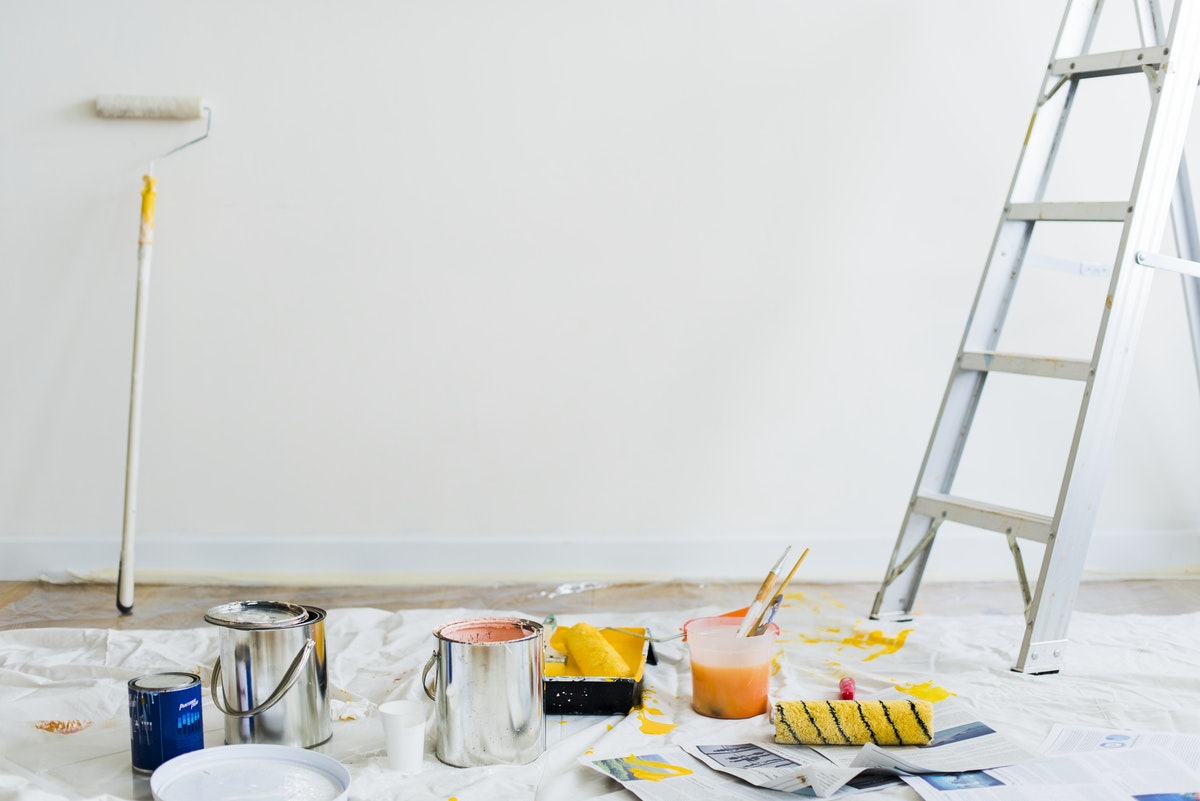What to Do if Your HOA Common Areas are not Maintained

Under the law, an HOA board has a fiduciary duty to maintain common areas with the same care and diligence that they would apply to their own private property.
Overview
There is a reason homeowners move out of a neighborhood located on a public street. Perhaps their old neighbor does not have a taste for a well-kept yard, or maybe he or she had terrible taste in house color.
Regardless, it may be frustrating to have no control over the actions (or inactions) of neighbors contributing to the blight on one's old street. Worse, these irresponsible owners may have even brought down the value of all the other homes in the neighborhood.
Today’s homeowner buys a property subject to the jurisdiction of a private HOA board to avoid just these issues.
Unlike living on a public street where the properties have no relationship to one another (other than being subject to city/state ordinances), living in an HOA neighborhood entails responsibilities for all members to the community. Additionally, and unique to HOAs, the elected board of directors owe a special responsibility to all the homeowners, called a fiduciary duty.
We have previously written in-depth about the different elements of this fiduciary duty, and if unfamiliar, that article is certainly worth the time. For this discussion, we need to know that because of this fiduciary duty the board owes to members, the board has a legal obligation to maintain common areas with the same care and diligence that they would apply to their own private property.
Bottom line: it is not an option for the HOA board to neglect the maintenance of HOA common areas. However, just because one may be right about the board’s negligence, it is still imperative to pursue a resolution strategically if any hope of a swift resolution. We will quickly explain how to best sequence enforcement actions.
Learn the HOA Rules
The HOA board is likely responsible for maintaining common areas, but we do not know for sure until we get a look at the HOA governing documents.
Like any other non-profit corporation, the HOA board is only permitted to act when expressly granted the power by the community bylaws or CC&Rs (covenants, conditions & restrictions).
Within all this legal language is evidence one needs to prove that the HOA board is responsible for the unmaintained common area in question, whether it be a pool, community park, lighting, or standard elevators (as examples).
Pursue a Resolution with the Board
Once we have the relevant rules that show that the board is obligated to maintain the common area in question, it is best to begin to document the legal issue.
Write a professional letter to the board, referencing the relevant HOA bylaw or rule, and request that they take immediate action to fix the issue. Request a hearing with the board or attend the next meeting and directly ask the board to explain why the common area is not maintained as the community rules prescribe.
It is from this point that a strategic decision must be made; it will depend upon what the board has to say in defense of the ongoing problem. Let us first assume the best-case scenario that the board is acting in good faith, and an issue was unknown until discussed at the meeting.
For example, perhaps the common area hot tub is not functioning, and the delay in fixing the issue has to do with the discovery of a much larger plumbing issue that needs repairs first. These are neighbors—if there is an opportunity to resolve the problem quickly, it is worth trying.
In this example, perhaps a timetable and assurance that the hot tub is being fixed with all due expediency may be helpful. However, it is when board members are acting in bad faith that we need to act judiciously. Depending upon the specifics, one may need to pursue an outside lawsuit to resolve the claim—but we will get to that in a moment.
First, perhaps the issue is not a governance issue, but just a problem with one director. Perhaps there is a super-square fellow on the board that connects hot tubs to the precipitous fall of American culture. The hot tub breaking down is the best thing that could have happened to this director, and in turn, he is slow-walking the repairs.
We may not need to file a lawsuit yet. Remember, the goal is not to take vengeance for the common area neglect, but to get the association to fulfill its obligations as soon as possible.
Lawsuits are costly and time-consuming—they are always best to avoid when possible. Like in this example, a resolution could come quickly through pushing for the removal of a board member, this should be attempted first.
While researching the relevant rules during step 1, one may want to learn the impeachment procedures as well. Hopefully, there is an election in the short-term; that is the simplest means of removal.
File a Lawsuit
Now, if the issue with the common areas relates to financial mismanagement of the HOA budget, the problem is more severe and complicated.
Are they leaving the common area unmaintained because the board has run out of money to fix it? Or, perhaps there has been negligent management of the reserve fund, and the board does not want to issue a special assessment.
Regardless, these are big problems, and if either is occurring, the board members would be in violation of their fiduciary duties to their other members. If one sees financial mismanagement with the HOA finances, it is likely time to retain legal counsel, and time is of the essence.
Eventually, the malfeasance of the HOA board will be addressed by the courts, but the community members will still be responsible for repairing the unmaintained common area.
Allowing the problem to fester will make the repairs more expensive for each homeowner, as will be reflected in the special assessment assigned to all member homeowners.
Although unpleasant, sometimes an HOA dispute is too severe or complex, we need to get lawyers involved. Hopefully, we were able to help members discern when that is the case. Thanks for reading.



